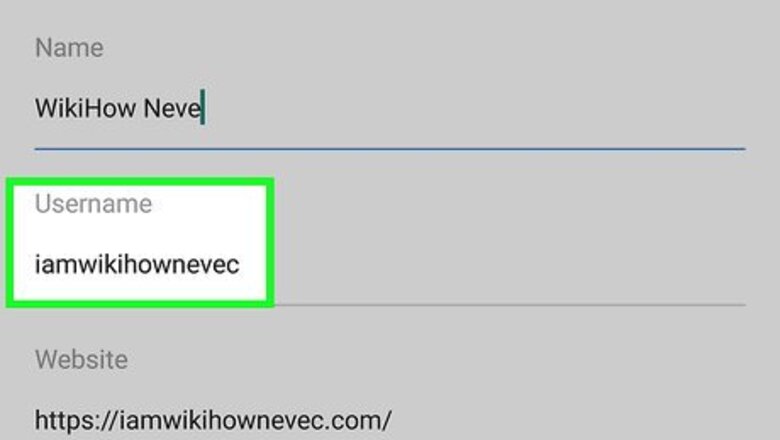
views
Creating an Attractive Account
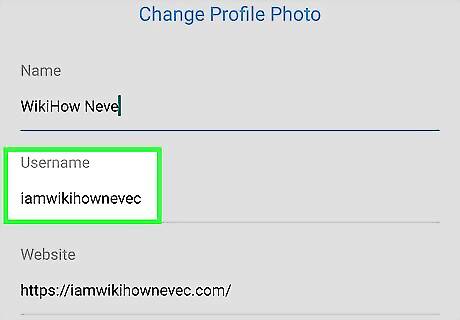
Make a creative but descriptive username. Once your Instagram becomes famous, people will refer to it by your account's username; for this reason, your username should be memorable, distinctive, and easy to say out loud. Your username's style should reflect your content theme; if you're an artist, for example, you'll probably want to stick to some derivative of your real name (or your artist alias).
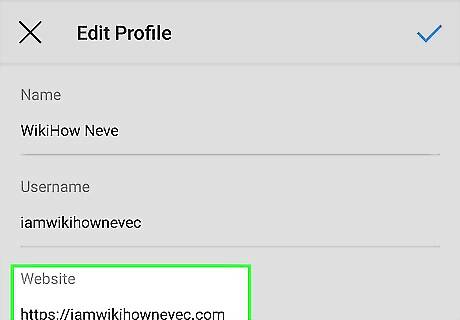
Flesh out your bio with pertinent information. There are a variety of things you might have readily available for users here: A rich but concise description of your content, motives, and/or intent. A link to your website if you have one. Your work email address. It's worth setting up a dedicated email address for your Instagram account. Usernames for any pertinent social media accounts (e.g., Twitter and Facebook). Usernames for any IM services you'd like to share. Your PayPal or Venmo ID for donations. A resume. Posting this on a static blog page and then linking the blog page in your bio is the best way to display your resume.
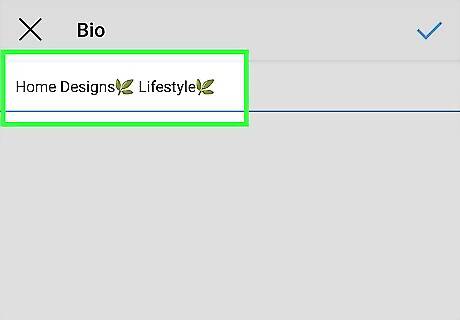
Decide on a theme for your content. Unlike your personal Instagram or Facebook page, anything you post here needs to fit a singular theme (e.g., fitness or food). In a pinch, find something you believe society doesn't have (or something it would benefit from having more of) that correlates with your talents. Make sure your content adheres to the Instagram Terms of Use.

Fine-tune your posts and their descriptions. This process includes making the photos aesthetically pleasing through use of filters and other editing options as well as placing pertinent information in the photo's description. If you're advertising, for example, a short sentence describing the product or service you're promoting in relation to how it betters your life followed by appropriate links should go in the photo's description. Posts tend to be best-received at around 2:00 AM and at 5:00 PM. Make sure you're around these times for your target demographic's specific timezone.

Post several times a day. While it is important not to inundate your followers with content, providing quality posts a few times per day will keep them satisfied. Try to vary your content within its thematic scope; you don't want to deviate too much from the kind of stuff you normally post, but you shouldn't be posting the same thing every day.

Read your posts' comments. Users will generally give you feedback--whether explicitly or implicitly--that can help you tailor your future posts to the majority of your followers. You won't be able to incorporate every user's suggestions; instead, focus on common themes from the bulk of your Instagram followers.
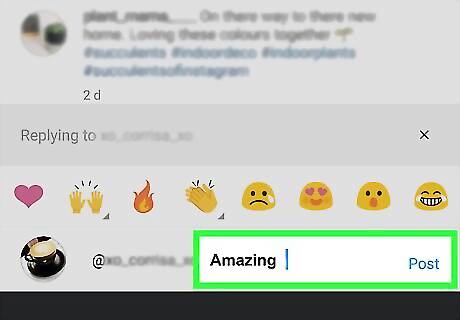
Maintain an active presence on Instagram. This will both promote your account name and increase your overall likability: Respond to comments often. Once you reach a certain follower amount, you'll no longer be able to respond to all comments; still, try to respond to a couple of users per post. Favorite posts from brands, users, or accounts with which you'd like to work. This is a way to practice Instagram altruism while simultaneously promoting your account name.
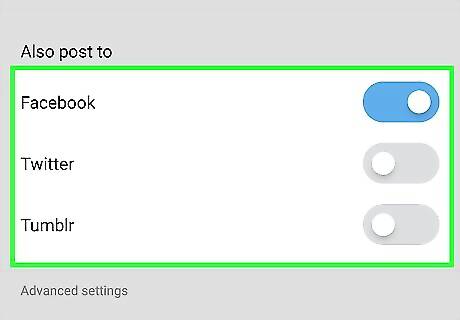
Complement your Instagram account with other social media accounts. Links to your pertinent social media accounts should already be in your bio, but it's important to keep these pages updated with relevant content: Facebook - Create and maintain a dedicated Facebook page for your Instagram content. You can then promote this page on Facebook. Twitter - Create a specific Twitter account for your Instagram content. You can cross-post Instagram content to Twitter, though you should endeavor to post unique content here too. Other sites that will depend on your intended demographic include Tumblr, YouTube, and Pinterest.
Building Your Follower Base
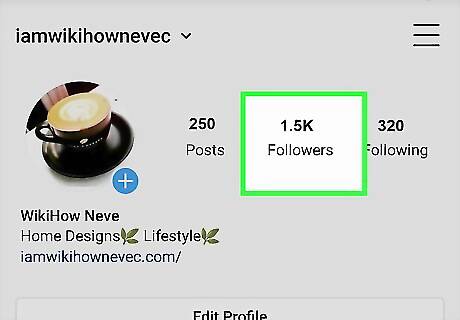
Set a follower number goal. This should be contingent on your content's theme; if you plan on applying to collaborate with brands for advertising campaigns, for example, most brands will require you to have around 10,000 followers before you can advertise for them.
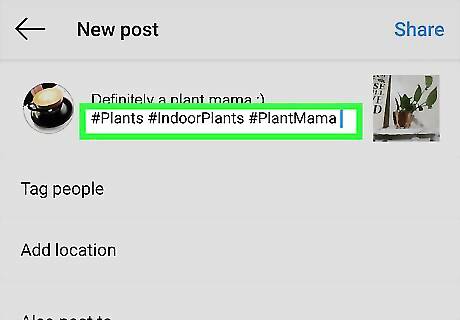
Use relevant hashtags in your posts. If you are attempting to reach a specific demographic--which you should be--use hashtags for which that demographic might search. For example, if you have several photos of landscapes from the Pacific Northwest, you might tag your photos as "#pnw" and #"pacific northwest". Only use hashtags relevant to your post, since using clickbait or wayward keywords will both frustrate potential followers and get your account flagged as spam.

Like and comment on photos from other accounts. This exposes your account name, making it easier for anyone who sees your likes and comments to check out your profile. Ideally, you'll do this for users whom you would like to have following you. You can do this on many random accounts to attract followers. While this process may be time-consuming, it's a good way to earn a few followers here and there.
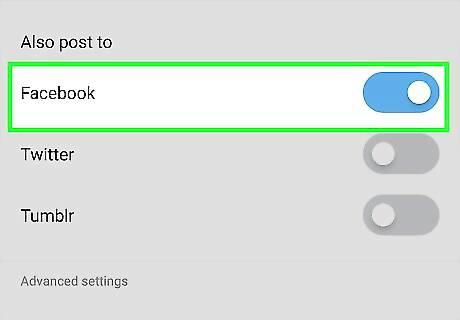
Promote your account on social media. Your other social media accounts should already be fairly present on Instagram thanks to your bio; make sure your Instagram account is equally present on these social media accounts. Even just posting a link to your Instagram account on your Facebook or Twitter page is a good way to promote your content.
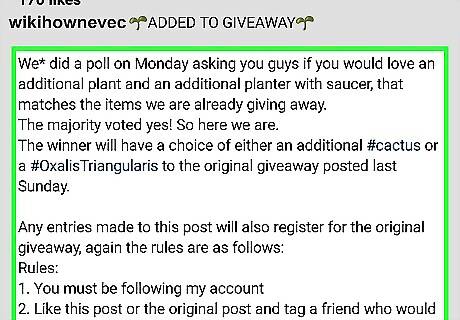
Facilitate engagement. Requesting feedback or action from your followers will get them involved; if your requests are interesting enough, they will draw in more followers as well. You can facilitate engagement in a few ways: Hosting give-aways for products or services. Make sure you require your users to "Like" and/or share your post to qualify. Asking questions. Doing this will encourage users to respond, which curates interest in your content. Taking requests. Especially if you're using Instagram to showcase photos, taking requests from users will get them personally invested in your future content.
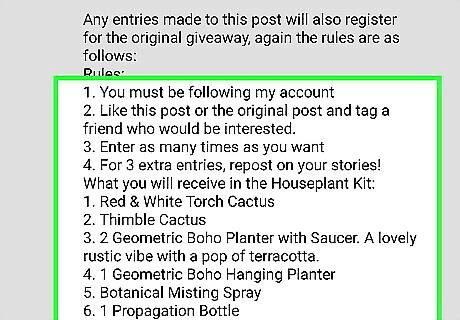
Use promotions. Try hosting a giveaway on your page to generate customer interest. Ask giveaway entrants to follow your Instagram profile to enter, or ask them to tag friends to create a viral effect. Make sure to follow Instagram's promotion guidelines if you host a giveaway or contest.
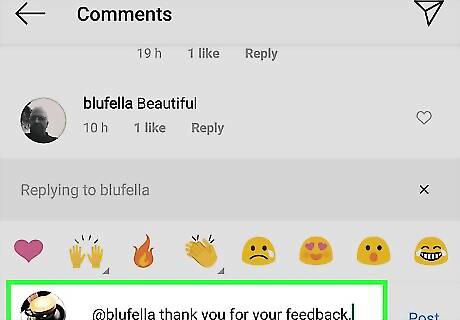
Listen to your follower base. If you notice a common complaint or request, don't ignore it; instead, find a way to implement follower feedback in order to satisfy the bulk of your followers. Remember, your followers are your greatest support group!
Using Affiliate Marketing
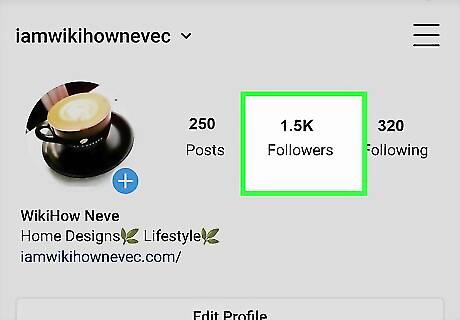
Make sure you meet the requirements for marketing. You should have an interest in promoting brand names, at least 500 followers, and the ability to update/post content regularly. A lot of affiliate marketing will involve you taking photos of yourself or others displaying or using products or services.
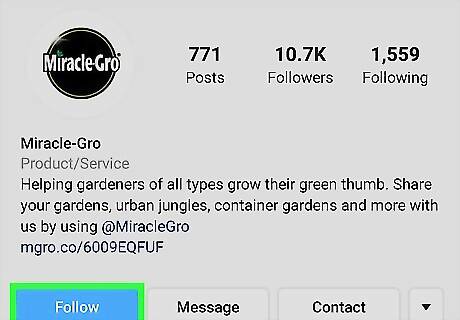
Follow your intended brands on Instagram. If you want brands to notice your account, you'll need to be active on their pages. This is also a good way to educate yourself on their aspects of marketing such as their preferred tone, style of content, and products/services.

Like and comment on your followed brands' posts. If you do this often enough, you will capture your brands' attention; this can show them that your account is a potentially valuable asset. Don't just spam brands with empty comments or questions; instead, post insights, feedback, or rich questions that have the potential to further the brands' marketing.
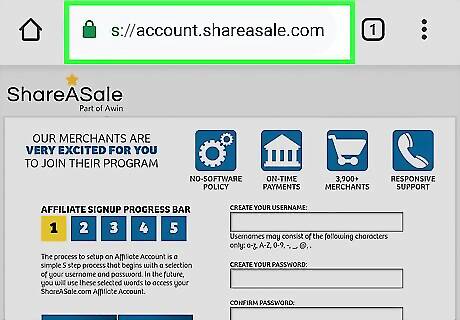
Find an affiliate marketing service. There are several sites that will help you partner with businesses; keep in mind that you'll need to capture the attention of the brand you wish to promote first. Shareasale - Create an account, then sign up to work for a specific merchant. Any users you direct to these merchants via link on your Instagram profile will earn you a commission. Stylinity - Intended for fashion use; if users shop via your link to their site, you get paid via commission.
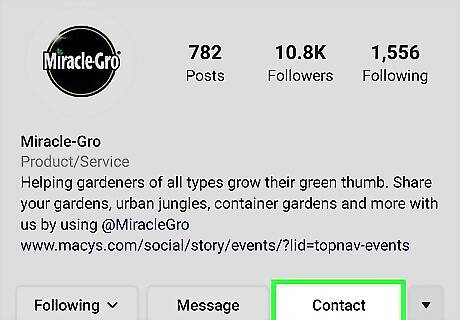
Reach out to brands on social media. This shows that your Instagram account has depth. You can also contact brands' marketing departments directly via email. This is another reason to have your work email in your bio; when brands are ready to contact you, they can do so right from your Instagram page.
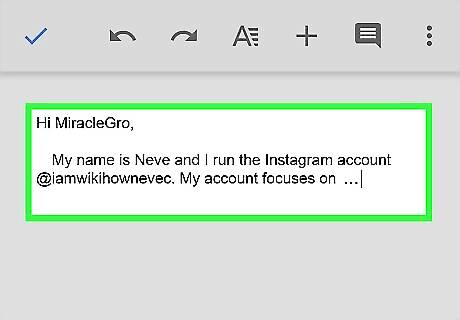
Be patient. If your account is active and constantly growing, a brand will want to work with you at some point, if only for minor marketing in exchange for free products. You're starting from the bottom and working your way up, so any marketing experience you can get--even for free--will help build your portfolio and contribute to greater opportunities later.
Selling Your Photos

Consider selling your photos. While this option won't apply to every Instagram account, anyone with an HD photo-capable smartphone can try their hand at taking, editing, and uploading Instagram photos; sooner or later, you'll probably upload something that someone will be interested in.
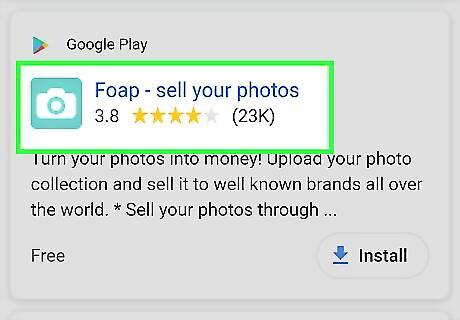
Find an app to help you sell photos. As users of your chosen app view and purchase your photos, they will also become interested in your account; you can use this interest to further your account's business. Foap is a great app for iPhone and Android platforms. You start by creating an account with Foap, then you upload photos to their database. Users can browse and purchase your photos, and you take 50 percent of the photo price.

Differentiate between stock and premium content. Stock content--lower-quality photos that business and websites can use for advertising--should go directly to your chosen photo-selling app, but you should sell your premium photos--e.g., incredibly high-quality pieces that command a higher price--individually from your Instagram page. This is where having a large follower base becomes crucial. Note that stock content shouldn't actually be low-quality; rather, it should be generic or otherwise applicable to a wide variety of situations. Premium content should be more geared toward individual consumption.

Watermark your premium photos. You can do this by uploading a lower-resolution version of the photo, or you can place a graphic (e.g., your signature or an obtrusive piece of text) over the top of it. Be sure to retain original copies of the photo for distribution. When a follower wants to purchase your photo, you can send them an invoice and the unwatermarked version of your photo.
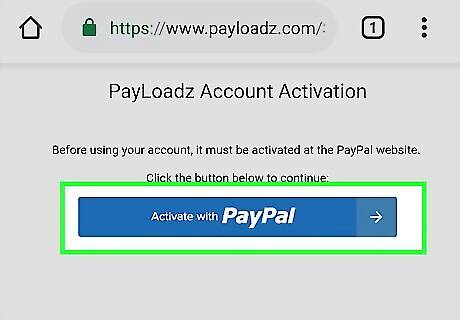
Post your watermarked photos with a price. You'll want to place the following information in the post: Desired price Desired payment client (e.g., PayPal or Venmo) Photo size Photo resolution Brief photo description

Wait for followers to request a photo. As long as you have an active follower base and you've generated interest in your photography up to this point, you should have no problem selling some of your photos from Instagram! You can also take photo content requests from individual followers; you'll be able to charge a premium price for these.
Making Sponsored Posts
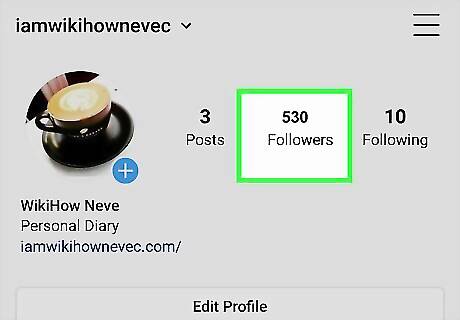
Build up your following and engagement. When working to become an influencer on Instagram, you’ll need to draw in followers with content and chances for engagement with your posts.
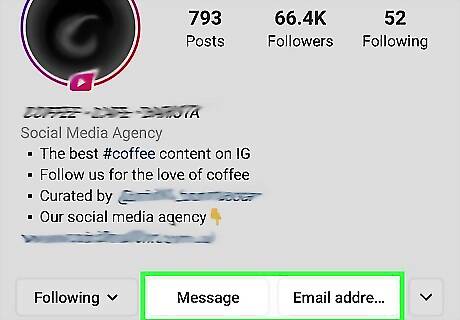
Contact a brand you’d like to sponsor. Once you have a sizeable following, you’ll likely be considered more viable for a brand to sponsor your posts and will need to contact the company to offer your services. To get in touch with a brand, go to their website and look for their contact information. You can also contact a platform or agency working with brands waiting to connect with influential Instagrammers.
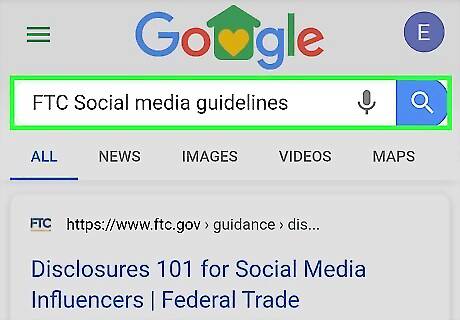
Familiarize yourself with the FTC Social Media Guidelines. Once you’ve secured a sponsorship, it’s important that you read up on the FTC Social Media Guidelines to learn the parameters of paid sponsorship posts on Instagram.

Create eye-catching posts with relevant images or videos. Once your sponsorship is set up, you can create normal posts that feature products from that brand done in a way that will appeal to your followers.
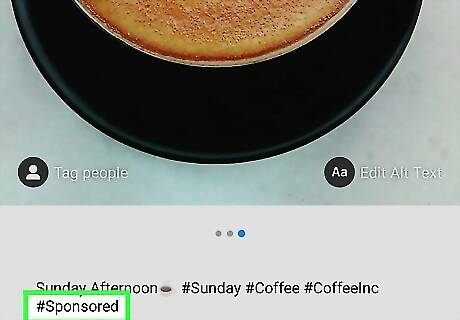
Put a sponsorship hashtag in your posts. Whenever you post something featuring the brand’s content, you can list the brand in the hashtags and even include the sponsored hashtag. It’s important that you label sponsored posts to have a level of transparency with your audience.
Becoming an Affiliate
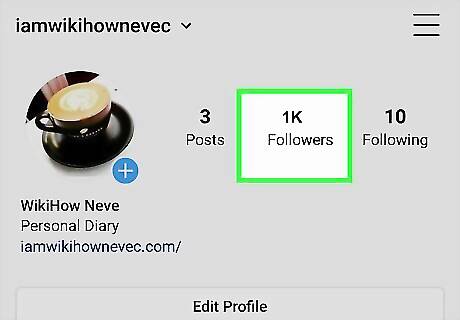
Build up your following and engagement. When working to become an influencer on Instagram, you’ll need to draw in followers with content and chances for engagement with your posts.
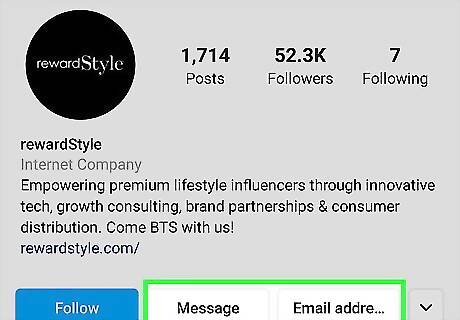
Contact a company about becoming an affiliate. When you become an affiliate you’ll get a certain percentage for each sale you make, which is tracked through a trackable link the company sends you once you sign up with them. Companies offering affiliate products include: ClickBank, Amazon, RewardStyle, Sharesale, Ebates, and Stylinity.
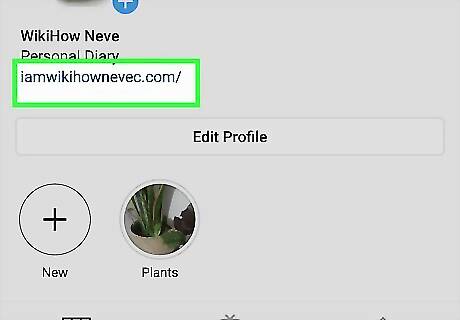
Put your trackable link in your bio. Since links aren’t clickable in Instagram posts, you’ll have to put the link in your profile’s bio section and direct users there whenever you make a post to promote an affiliate product. Trackable links can be long, so it’s recommended you use a link-shortening service like bitly.com to make your link more pleasing to the eye.
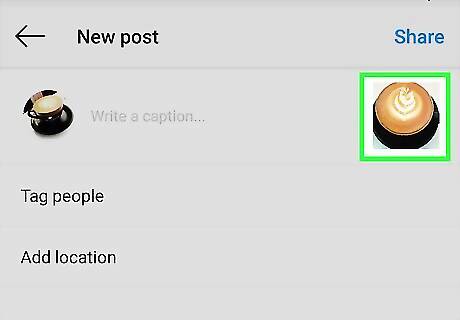
Create eye-catching posts with relevant images or videos. Once your sponsorship is set up, you can create normal posts that feature products from that brand done in a way that will appeal to your followers.

Refer followers to the link in your bio. You can simply include a statement like “link in profile” to direct your users to the link they can click on to purchase the product you’re promoting.
Selling Photos
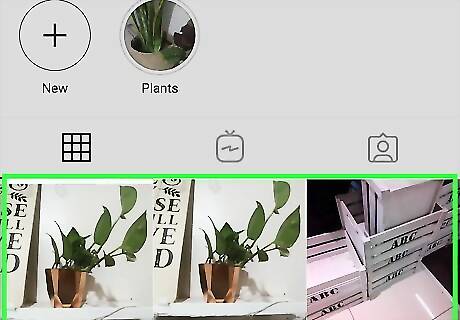
Build up an Instagram portfolio. Instagram can be a great medium for sharing your own professional-quality photos with users, and you can even use it to build up your photography portfolio. It’s better to use authentic photos rather than staged photos, since these go over better with a broader audience. Also, make sure your photos are vertical or rectangular, since square photos don’t have as high of a resale value.
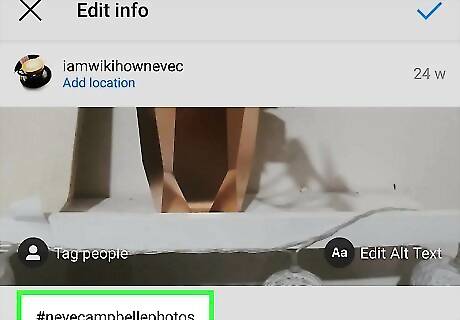
Promote your portfolio with hashtags. Relevant tags can help you promote your work to a wider audience
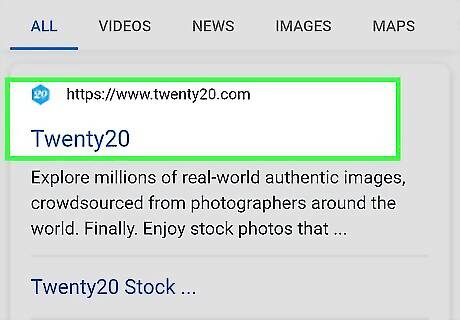
Pitch your photos to a photo marketing website. If you have a well-promoted portfolio, you can pitch your work on an online marketplace to have it licensed for sale to companies looking to purchase stock photos. You’ll need to set up an account with the website to ensure you can sell your work and receive payments. Some sites that offer options for selling photos include Foap, 500px, and Twenty20.
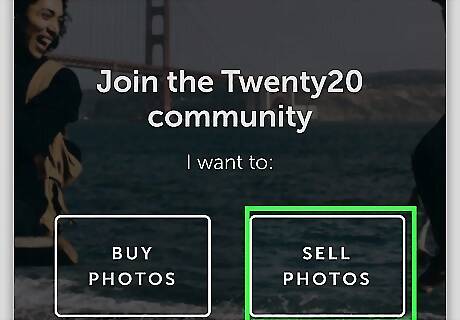
Sell your photos. Once you’ve set up a photo-selling account, you can sell your work to companies freelance.
Selling Your Own Physical Products

Set up an online store for your products. Sites like Etsy or Zazzle can let you to set up your own store for selling any physical products you make.
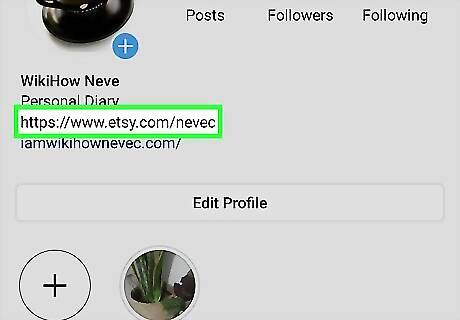
Put the link to your online store in your bio. If you’ve set up a site where people can purchase your products, you should include the link to the site in your Instagram bio so your followers can access it (links aren’t clickable in Instagram posts).
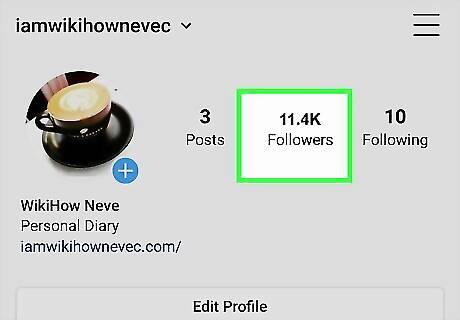
Build up an audience in the relevant niche. In order to boost traffic to your store, you’ll need to build up your following and target your products to your audience.

Create eye-catching posts to promote your products. Once you have your store account connected to your Instagram account, you can start making posts that promote your products to followers. Make sure to keep promotional posts to a minimum on your account, such as 1 promotional post for every 4 non-promotional posts.
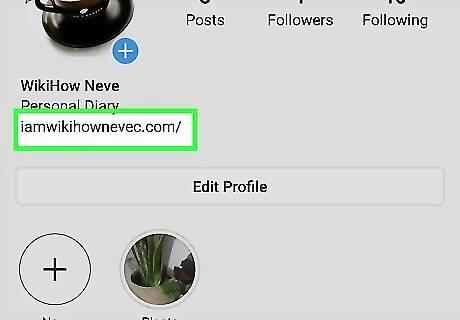
Direct users to your website. When you make a promotional post, you can include a non-clickable link in the post and include a statement like “active link in my bio” to guide users to the link they can click to purchase your products.

















Comments
0 comment